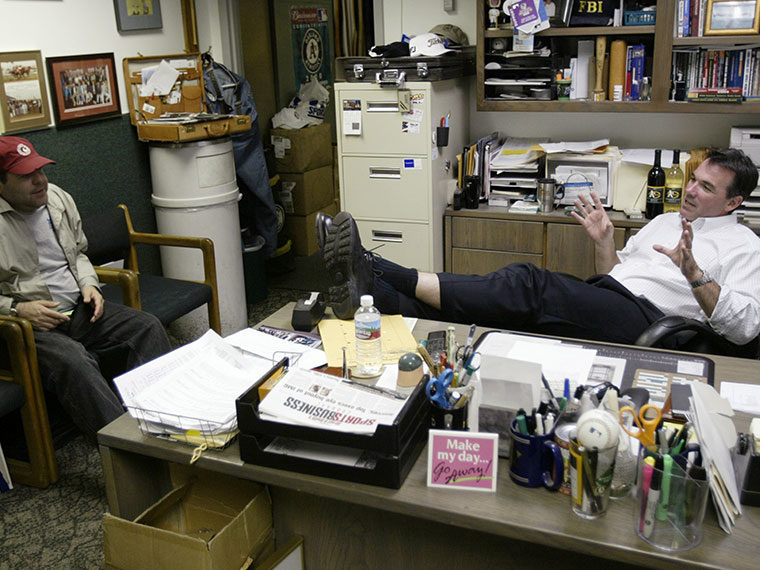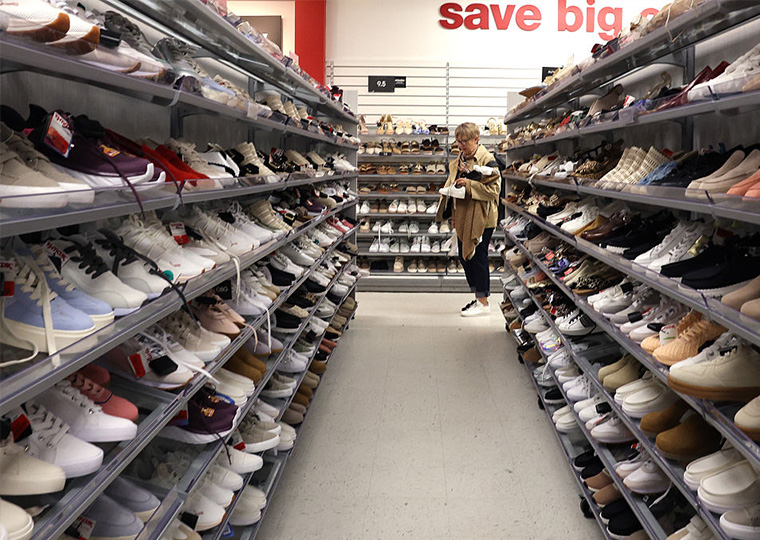Lenders and private-party sellers constrain a seeming windfall
It’s logical to assume that used car dealers would be enjoying a windfall from the pandemic shortage of new cars.
Amid a still-challenging supply-chain chokehold on semiconductor chips needed to build new cars, new-car sales fell from more than 17 million a year before the pandemic, to fewer than 15 million a year in 2020 and 2021. That supply-driven drop in sales pushed more buyers into the used-car market.
That, in turn, set off a staggering surge in used-car prices. The average list price for a used car late in 2021 was nearing $28,000 according to Cox Automotive, a more than 40% increase from pre-COVID-19 days.

Higher used-car prices would seem to leave more profit per vehicle for the middleman, the dealer. But does it?
Analyzing sales data from a previous supply chain problem for new cars, UCLA Anderson’s Mark Garmaise and University of Utah’s Mark Jansen and Jason Snyder suggest that used-car dealers aren’t necessarily profiting from those higher prices.
The Tsunami Supply Chain Squeeze of 2011
The researchers had a ripe real-world data set to explore how a supply shortage in the new-car market can affect used-car dealer operations.
The earthquake that triggered the devastating tsunami in Japan in March 2011 all but shut down the production of Japanese cars in Japan for an extended period. And given supply chain issues, the natural disaster also slowed down production of Japanese cars at U.S. plants.
With a sharply reduced supply of new Japanese cars for sale, the researchers dove into what happened to sales of used Japanese cars in the U.S. They were able to analyze sales and financing data for more than 61,000 used-car transactions across 38 states from 2009-2013. That five-year stretch made it possible to analyze Japanese used car price and loan data during — and on each side of — the 2011 supply crunch.
In the six months after the tsunami, the authors found that the average wholesale price dealers paid for used Japanese cars was at a $427.50 premium to costs outside of the period when Japanese production of new cars was severely hampered. The dealers seem to have absorbed some of that extra cost, as on average, dealer profits fell $170 per car, or nearly 4% for Japanese used cars. Profit margins narrowed by 6%.
The researchers’ working paper proposes two explanations for the profit squeeze on dealers selling used Japanese cars when there was little supply of new Japanese cars.
Higher Demand Weakens Need for Intermediary
Used-car dealers are a classic example of an intermediary business. The dealers purchase cars from wholesale dealers or households looking to unload a car, and the resulting inventory is then a marketplace for potential used-car buyers to shop. However, there is nothing essential about dealerships serving as an intermediary. It’s really just a matter of convenience for both sellers and buyers.
And it seems that in times when demand is abnormally strong relative to supply, there could be less interest in using that model.
The researchers found that during the post-tsunami period when new Japanese cars were in short supply, increased demand for used Japanese cars caused more sellers to skip the dealership and sell directly to buyers. This “bypass mechanism” is in line with 2005 research that found higher demand for one product (used cars here) caused by the scarcity of another product (new cars) can hurt the intermediary (used-car dealer).
Lenders Look Past Momentary Factors to Tomorrow’s Repo Value
The researchers also suggest there was a financing reason for why dealer profits for used Japanese cars fell in the months after the tsunami.
Auto lenders are always focused on the loan-to-value ratio of any potential loan. The value that matters to a lender is not merely what a buyer pays, but the depreciated value the lender expects it could get if it repossessed the car at any point during the loan term.
The researchers found that LTV for used Japanese cars during the tsunami-squeeze fell by 2.3 percentage points. They attribute that tightening to the fact that lenders understood that once the inventory of new Japanese cars picked up, the prices for used Japanese cars would revert to historical norms. Anticipating the future value of used cars would be more in line with historic norms, they effectively made it harder for buyers to finance higher prices.
The researchers surmise that dealers, faced with buyers potentially unable to finance the higher prices for used Japanese cars, recognized that greenlighting a less profitable sale was still better than no deal at all.
“When dealers are not indispensable, scarcity causes their market power to deteriorate and weakens their customers’ financial positions, resulting in lower margins,” they write.
It isn’t clear if the same dynamic is at play right now. Back in 2011, the lingering effects of the Great Recession may have played into caution among lenders, and household balance sheets weren’t brimming with free cash to make a bigger down payment, as many are now. Moreover, the used-car lending market back then was more reliant on local operators, who may not have had the financial heft that many of today’s large national used-car dealers possess.
But if plenty of sellers today are turning to online sites such as Autotrader, eBay Motors, CarGurus and Craigslist, and other online platforms that make private transactions easier, dealers would likely feel the fallout.
And according to used-car loan data from Experian Automotive, despite the spike in used-car prices, the average LTV in the third quarter of 2021 was 10% lower than in 2019. That could be attributable to higher trade-in values helping buyers make bigger down payments. Or it might hint at the same lender caution the researchers suggest impacted deals for inflated used Japanese cars when there was a temporary supply shortage of new Japanese cars in the six months after the 2011 tsunami.
Featured Faculty
-
Mark J. Garmaise
Professor of Finance
About the Research
Garmaise, M., Jansen M., Snyder, J. (2022). Intermediary Profits in a Time of Scarcity. http://dx.doi.org/10.2139/ssrn.4008655






